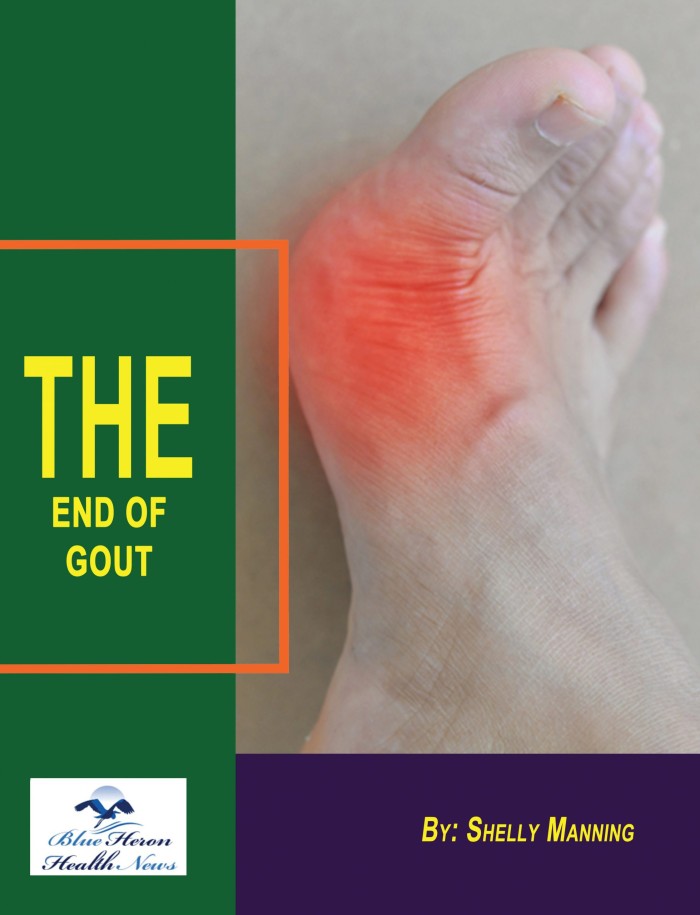
The End Of GOUT Program™ By Shelly Manning : Gout Solution – Blue Heron Health The End of Gout Program is an intensive lifestyle guide and diet therapy to treat gout. It aids in minimizing and treating the uncomfortable and painful signs of gout naturally and safely. It will teach the impacted everything regarding the condition. This natural program eliminates triggers and factors that give rise to symptoms. The recommendations are honest, effective, safe, and science-based. The program treats you inside out with gout by attacking the cause. By just signing in, you get to access all the valuable information and make your life gout-free. The program has a 60-day money-back too for risk-free use. Several users have expressed their 100 percent satisfaction and results. Give it a try, and you are sure to be surprised by the fantastic results.
What tests are used to diagnose gout?
Diagnosing gout typically involves a combination of physical examination, medical history, and specific laboratory tests. Here are the most common tests used to confirm a gout diagnosis:
1. Joint Fluid Test (Arthrocentesis)
- What it is: A healthcare provider uses a needle to withdraw a small amount of fluid from the affected joint.
- How it helps: The fluid is analyzed under a microscope to check for the presence of urate crystals, which confirm gout. This is considered the gold standard for diagnosing gout.
- Purpose: It helps differentiate gout from other types of arthritis, such as septic arthritis or pseudogout (which involves calcium crystals rather than urate crystals).
2. Blood Test for Uric Acid Levels
- What it is: This test measures the level of uric acid in the blood.
- How it helps: High levels of uric acid (hyperuricemia) are often associated with gout. However, not everyone with high uric acid develops gout, and some people with gout may have normal uric acid levels during an attack.
- Purpose: It helps assess the likelihood of gout, though it’s not definitive on its own.
3. Imaging Tests
- a. X-rays:
- What it is: Standard X-rays are sometimes used to check for joint damage, especially in chronic or recurrent gout.
- How it helps: X-rays may reveal joint erosion or tophi (large urate crystal deposits), but these changes are usually seen in later stages of gout.
- b. Ultrasound:
- What it is: Ultrasound imaging can detect urate crystals in the joints and soft tissues.
- How it helps: This non-invasive test is becoming more common for diagnosing gout, especially when a joint fluid test isn’t possible.
- c. Dual-Energy CT Scan:
- What it is: This advanced imaging technique can visualize urate crystals in the joints and tissues.
- How it helps: Dual-energy CT can detect urate crystals even when a joint fluid test is inconclusive, making it a useful tool in diagnosing gout.
4. Urine Test for Uric Acid
- What it is: A 24-hour urine test measures the amount of uric acid excreted in the urine.
- How it helps: This test can determine whether the body is producing too much uric acid or not excreting enough. It’s particularly useful in patients with recurrent gout to understand their uric acid metabolism.
- Purpose: It helps guide treatment, especially when deciding whether medications are needed to lower uric acid production or increase its excretion.
5. Serum Creatinine and Kidney Function Tests
- What it is: These blood tests assess kidney function.
- How it helps: Since poor kidney function can contribute to elevated uric acid levels, these tests help evaluate the kidneys’ ability to excrete uric acid.
6. C-Reactive Protein (CRP) and Erythrocyte Sedimentation Rate (ESR)
- What it is: These are blood tests that measure inflammation in the body.
- How it helps: While these tests don’t specifically diagnose gout, they can indicate the presence of inflammation, helping differentiate gout from other types of arthritis like rheumatoid arthritis or infections.
Diagnostic Process Summary:
- Joint fluid analysis is the most definitive test for confirming gout by identifying urate crystals.
- Blood tests for uric acid and kidney function provide supportive information, though elevated uric acid alone doesn’t confirm gout.
- Imaging tests like ultrasound or dual-energy CT can detect urate crystals, especially when joint fluid testing is inconclusive.
- Inflammation markers (CRP, ESR) can help differentiate gout from other inflammatory conditions.
By combining these tests with clinical symptoms (such as sudden, intense joint pain and redness, often in the big toe), a healthcare provider can make an accurate diagnosis of gout.

The End Of GOUT Program™ By Shelly Manning : Gout Solution – Blue Heron Health The End of Gout Program is an intensive lifestyle guide and diet therapy to treat gout. It aids in minimizing and treating the uncomfortable and painful signs of gout naturally and safely. It will teach the impacted everything regarding the condition. This natural program eliminates triggers and factors that give rise to symptoms. The recommendations are honest, effective, safe, and science-based. The program treats you inside out with gout by attacking the cause. By just signing in, you get to access all the valuable information and make your life gout-free. The program has a 60-day money-back too for risk-free use. Several users have expressed their 100 percent satisfaction and results. Give it a try, and you are sure to be surprised by the fantastic results.